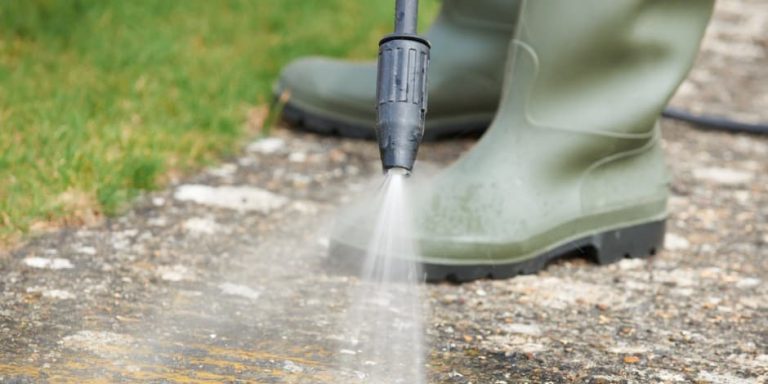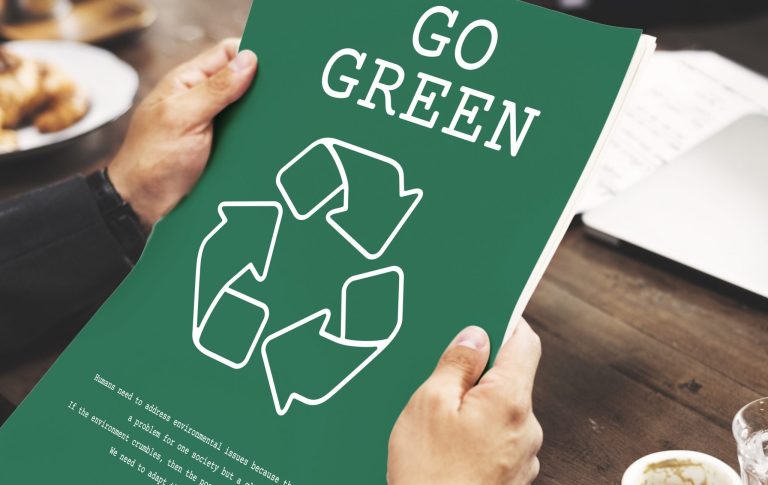
When we talk about the environmental impacts of power washing, we often focus on water waste, chemical runoff, or soil disruption. But there’s another emerging issue flying under the radar: microplastics.
Though not as obvious as a foam of detergent or a puddle of oil, microplastic contamination is a growing concern—and believe it or not, power washing can unintentionally contribute to the spread of these tiny pollutants. This article unpacks how that happens, why it matters, and what can be done to prevent it. 🧬🌍
🤔 What Are Microplastics?
Microplastics are plastic particles less than 5 millimeters in size. They come from:
- Degraded larger plastics (bottles, containers, wrappers)
- Synthetic fibers from clothing and textiles
- Tire dust, industrial debris, and road residue
- Paint chips from buildings, vehicles, and signs
These particles are found in rivers, oceans, soil, and even drinking water. Once in the environment, they don’t biodegrade—instead, they accumulate and enter the food chain.
💦 How Power Washing Releases Microplastics
Power washing contributes to microplastic spread in a few key ways:
1. Paint Removal from Plastic Surfaces
When washing fences, signs, siding, or decks coated with paint or sealants, tiny plastic or polymer particles break loose.
These include:
- Vinyl siding flakes
- Acrylic or epoxy paint chips
- Sealant residues from treated wood
🧼 These particles get washed into the environment with the rinse water.
2. Synthetic Surface Cleaning
Power washing is commonly used on surfaces made from:
- Composite decking
- Artificial turf
- Plastic fencing
- Rubber playground mats
Over time, pressure can cause abrasion, flaking, or slow breakdown—especially with repeated washings. These surfaces shed microplastics during each cleaning cycle.
3. Tire and Road Dust on Driveways
Driveways, garages, and roads accumulate dust made of:
- Tire wear particles
- Brake pad debris
- Plastic from car bumpers and exterior trim
Power washing sweeps this debris into gutters, storm drains, and nearby soil, where it becomes part of the microplastic problem.
🌊 Where Do the Microplastics Go?
The problem with microplastics is they’re small enough to evade most filtration systems. Once runoff leaves a property, these particles:
- Enter stormwater systems
- Settle in urban creeks and drainage basins
- Wash downstream into rivers and oceans
- Accumulate in soils, wetlands, and sediment beds
In aquatic environments, they’re ingested by plankton, fish, and other wildlife, leading to biomagnification.
🧪 Environmental and Health Consequences
The spread of microplastics has wide-reaching effects:
- 🐠 Marine life ingestion → starvation, blockages, and internal injuries
- 🧬 Toxin carriers → microplastics absorb chemicals like PCBs or pesticides and deliver them into organisms
- 🦠 Microbial contamination → plastics can harbor harmful bacteria or disrupt aquatic microbiomes
- 🧑⚕️ Human exposure → via seafood, tap water, and even airborne particles
Research has found microplastic particles in human blood, lungs, and placenta. The long-term health effects are still under study but are likely significant.
⚠️ High-Risk Cleaning Scenarios
Power washing activities most likely to spread microplastics include:
- Cleaning painted outdoor surfaces (especially flaky or peeling paint)
- Pressure washing synthetic decking or fencing
- Washing rubber or vinyl playground equipment
- Rinsing vehicle exteriors and driveways with heavy road residue
- Cleaning around plastic construction waste
✅ Mitigation Strategies
Here’s how power washing professionals and homeowners can minimize microplastic contamination:
1. Use Lower Pressure on Synthetic Surfaces
Avoid aggressive pressure on vinyl, plastic, or rubber materials. Use soft wash techniques with eco-friendly detergents instead.
2. Pre-Sweep Solid Debris
Remove as much visible debris as possible before washing—especially around driveways, painted surfaces, and tire-marked areas. 🧹
3. Contain and Filter Runoff
Use containment mats, vacuum recovery systems, or portable filtration units that can trap sediment and micro-debris before it enters storm drains.
4. Avoid Washing Peeling or Flaking Paint
These surfaces should be prepped and scraped rather than blasted with water. Loose paint often contains plastic binders and should be collected and disposed of safely.
5. Educate Clients
Let property owners know about the risks of pressure washing certain materials and suggest more eco-friendly alternatives when appropriate.
🧼 Eco-Friendly Tools and Technology
The cleaning industry is evolving. Some innovations that help reduce microplastic pollution include:
- Micro-mesh filters in runoff recovery tanks
- Biodegradable cleaning agents that don’t contribute to particle breakdown
- Soft-bristle attachments for gentle cleaning on plastic surfaces
- Vacuum-assisted surface cleaners that limit debris spray
📉 A Hidden Source of Pollution
Most people don’t think of power washing when they hear the term “microplastic pollution.” But the truth is, thousands of particles can be released from just a single job, especially on older or synthetic materials.
With millions of power washing jobs happening each year, the cumulative impact is far from negligible.
🌍 Final Thoughts
Power washing is a powerful and practical cleaning method, but it must be used responsibly. In our pursuit of cleaner driveways and buildings, we can’t ignore what’s being washed down the drain—including microplastics.
By adopting safer techniques, targeting the right surfaces, and managing runoff, contractors and property owners alike can help prevent this silent pollutant from spreading further. Let’s keep our properties clean without dirtying the planet. 🔬♻️🌱
Browse Amazon Here For Eco-Friendly Pressure Washing Detergents






